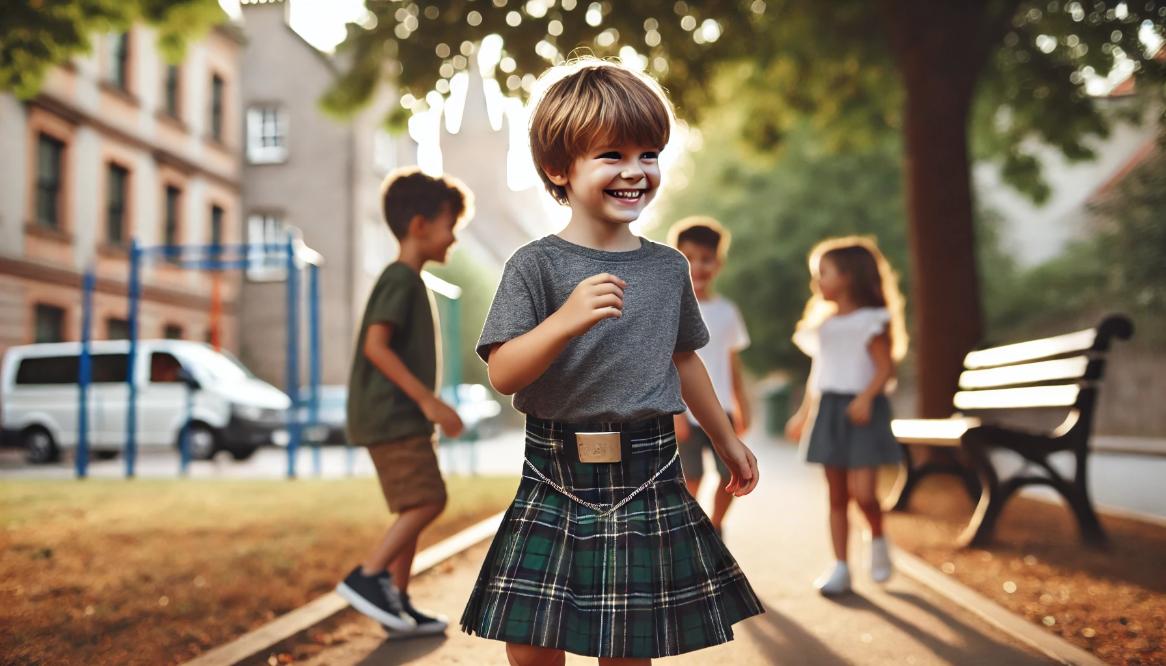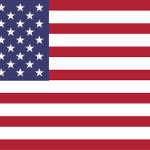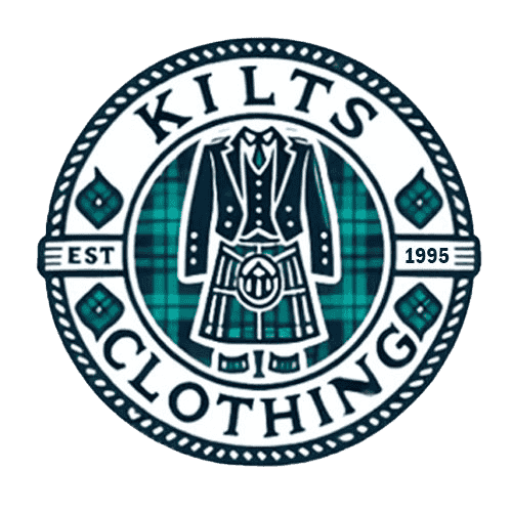The History of Kilts: A Fun and Educational Journey for Kids

Did you know that kilts have been around for hundreds of years? From the rolling hills of Scotland to the streets of cities today, kilts are worn by people of all ages. Whether you've seen someone twirling in a kilt at a Highland Games event or watched a historical movie with characters in traditional clothing, something is exciting about the history of this unique garment. In this fun and educational journey, we will explore where kilts came from, how they evolved, and why people still love them today!
So, buckle up for a time-traveling adventure as we dive into the world of kilts and kilts for kids!
1. What is a Kilt?
First things first—what exactly is a kilt? A kilt is a skirt made from a unique fabric called tartan. It's not your regular skirt, though! Kilts are unique because they are made from wool and come in different patterns, known as tartans, which can be colorful and full of history. The kilt and toddler kilts wraps around the waist and hangs down to the knees, making it a distinctive and stylish piece of clothing.
Interestingly, kilts weren't always as short as the ones we see today. The early versions of kilts were much more significant and could even be worn as blankets for warmth, which is something you probably didn't know!
2. The Origins of the Kilt: Where Did It Come From?
The story of the kilt begins in the land of Scotland. Over 500 years ago, the people of Scotland started wearing something that we would recognize as the "great kilt." This kilt was much larger than the ones we see today and was essentially a long piece of cloth, sometimes as large as 12 feet, wrapped around the body and held in place by a belt.
The great kilt was perfect for the Scottish Highlands, where the weather could be cold and unpredictable. People could use it for warmth, wrap themselves in it for protection, and even use the extra fabric to make a small shelter. Imagine wearing a blanket wrapped around you all day—it was as cozy as it was practical!
3. Kilts in the Scottish Highlands
The Highlands of Scotland were a rugged and beautiful place, and the people who lived there needed clothing that could handle the cold weather and rough terrain. Kilts were not just a fashion choice but a way of life! Back then, the fabric of the kilt wasn't just a regular cloth—it was made from wool, which was warm and durable, perfect for the harsh environment.
In addition to keeping people warm, kilts became a symbol of pride. People wore different tartans, patterns of intersecting lines of various colors. These tartan patterns were often specific to different Scottish families, called clans. Each clan had its unique tartan, and people wore it, representing their family.
The kilt became so crucial to Scottish identity that it was banned in 1746 after the Jacobite Rebellion when the British government tried to suppress Scottish culture. For nearly a century, wearing a kilt was forbidden! But the spirit of the kilt didn't die out, and in the 19th century, kilts made a comeback.
4. Kilts Through Time: Fashion and Function
The great kilt provided practicality and was essential for survival in the harsh Scottish Highlands, but it wasn't the most convenient option for daily life. Over time, people trimmed it to a much shorter version—the kilt we know and love today.
By the late 1800s, men began wearing kilts as part of formal attire, especially for special occasions like weddings and celebrations. The military also adopted kilts, with Highland regiments in the British Army wearing them as part of their traditional dress, showcasing the kilt's connection to Scottish history and heritage.
It's fascinating how the kilt transitioned from a practical piece of clothing to a symbol of fashion and pride. Today, people wear kilts at various events, from weddings and graduations to festivals and even casual outings!
5. Kilts in Modern Times
Although kilts originated in Scotland, they've traveled worldwide and are worn by people from different countries today. People often wear kilts at Scottish festivals, such as the Highland Games, where they proudly compete in fun events like tossing a heavy stone, running, and tug-of-war!
The kilt has also made its way into popular culture, with celebrities, musicians, and even athletes wearing them at various events. For example, famous actors have donned kilts in movies, and musicians often wear them during performances to show their Scottish heritage. Some sports teams even have their tartan patterns!
Kilts have become a global garment, loved by many for their history, cultural significance, and, of course, the comfort and freedom they provide.
6. Why Kilts Are So Special
You might wonder why kilts have remained so popular for so long. Well, it’s not just about the fabric or the patterns—it's about what they represent. Kilts are symbols of pride, heritage, and tradition. They connect people to their roots and tell a story of where they come from.
Every tartan pattern tells a story. Some tartans are associated with Scottish clans, while others represent specific events, places, or family history. For example, if your family has Scottish roots, you can trace your tartan back to your ancestors. It's like wearing a piece of your family's history every time you put on a kilt!
7. How to Wear a Kilt: A Simple Guide
If you're thinking about wearing a kilt, it's easier than you might think! Here's a simple guide for kids kilts (and grown-ups) who want to rock the kilt look:
- Step 1: Choose your kilt! Pick a tartan pattern that speaks to you or represents your family or heritage.
- Step 2: Wrap the kilt around your waist and fasten it with the kilt pin.
- Step 3: Add accessories like knee-high socks, a sporran (a little pouch worn in front), and a kilt belt for extra flair!
- Step 4: Finally, remember to strut your stuff and enjoy the freedom and comfort of wearing a kilt!
8. Fun Facts About Kilts
Kilts are not only cool to look at, but they also come with some fun facts that might surprise you:
- People wear kilts with knee-high socks, often folding them at the top for extra style.
- The kilt is perfect for twirling! Try spinning around in one, and you'll see what we mean.
- The famous kilt dance called the "Highland Fling" is a fast-paced, energetic routine that involves jumping and kicking.
Who knew that kilts were such fun to wear and full of surprises?
Conclusion
The history of kilts is more than just a tale of clothing—it's a story of culture, pride, and tradition. From their early days as large, warm blankets to modern-day popularity at festivals and special occasions, kilts symbolize Scotland's rich heritage.
So, next time you see someone wearing a kilt, remember—there's more to it than meets the eye. It's a garment with a fascinating history, a connection to families and clans, and a legacy that will continue for generations.
Are you ready to try on a kilt and add your own story to its history? Whether for a special event or fun, kilts are a unique and exciting way to celebrate heritage and style!
 $ USD
$ USD € EUR
€ EUR


